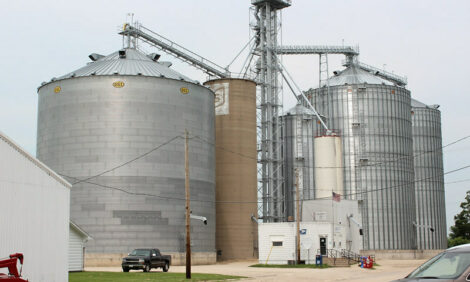



Brazilian Swine Producers Use Diagnostics to Pinpoint Diseases
ANALYSIS - Despite lacking of some swine diseases seen in other parts of the world, the demand for swine diagnostics in Brazil is growing as producers want to pinpoint disease challenges and better understand herd health."In Brazil, there is about 1.6 to 1.7 million sow swine industry," said Dr. Daniel Linhares, professor at Iowa State University. "It's good to remind people that in Brazil we don't have porcine reproductive and respiratory syndrome (PRRS) virus. We are also free of transmissible gastroenteritis (TGE), porcine deltacoronavirus and porcine epidemic diarrhea virus (PEDv)," Dr. Linhares said.
Brazilian producers do need to manage swine bacterial diseases, flu and porcine circovirus (PCV).
"There is a lot of use of diagnostics and there are several private labs, and labs connected with the government or official labs that do surveillance monitoring and help people understand what are the diseases that are in their system and how to better control and eliminate them," he said.
Over the past five years, there has been a growing demand for diagnostics as producers have seen the value of understanding what specific diseases they have, he said. So it's not only if diagnostic tests are positive or negative, but also typing and subtyping of mycoplasma or flu or bacteria.
Mycoplasma hyopneumoniae is an example of a disease that a combination of serology and PCR diagnostic tests can be used to understand over time what's the pattern of shedding or detecting the DNA by PCR in nasal swabs from pig populations.
"That helps us understand when mycoplasma is gaining momentum, or when zero conversion is going on and when active disease is going on, which helps to strategically position vaccinations strategies and also antibiotics," Dr. Linhares said. "If you know based on diagnostic evidence when the diseases is gaining momentum, we go strategically a week or 10 days in advance and position our health control interventions right there."









